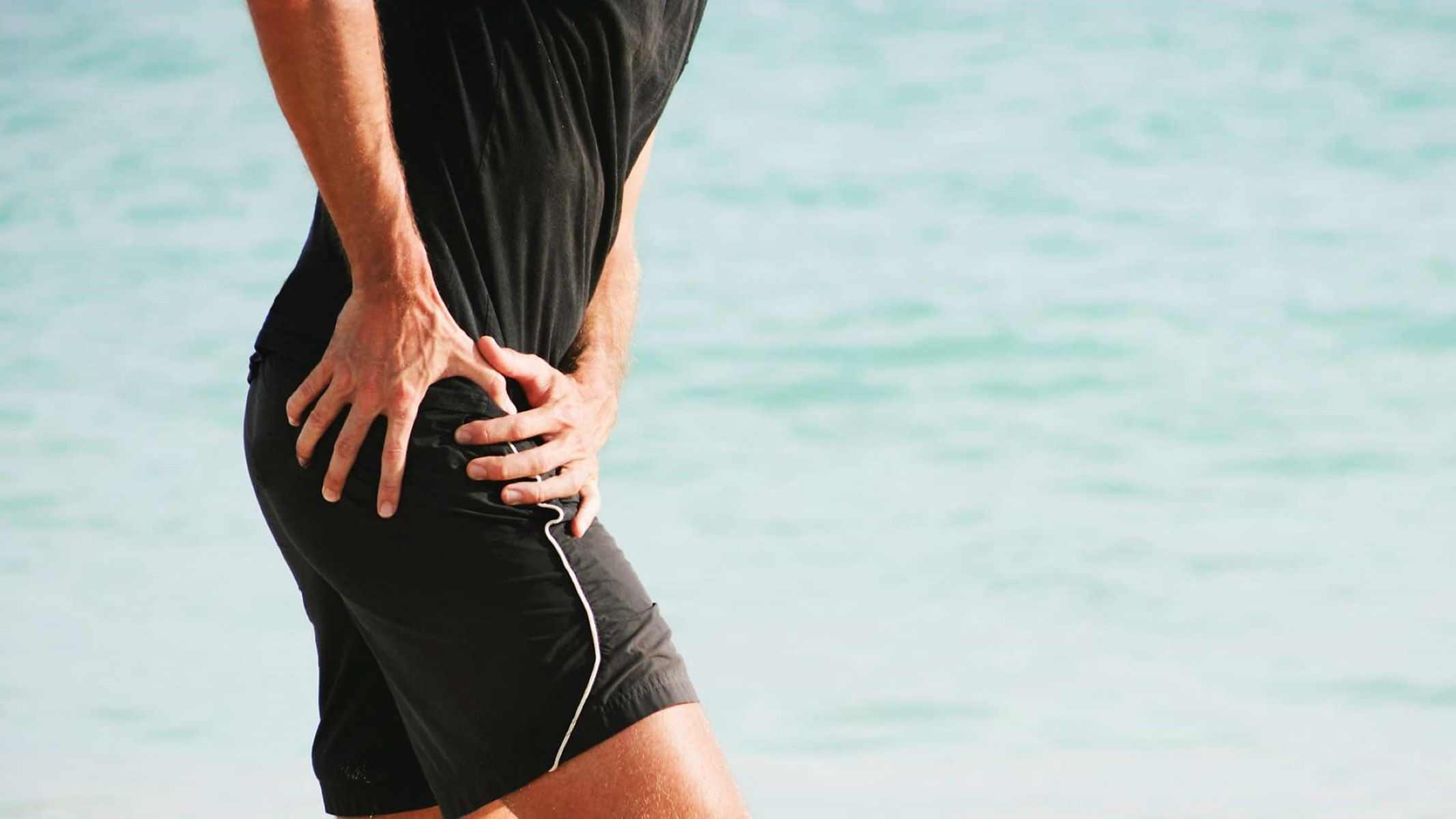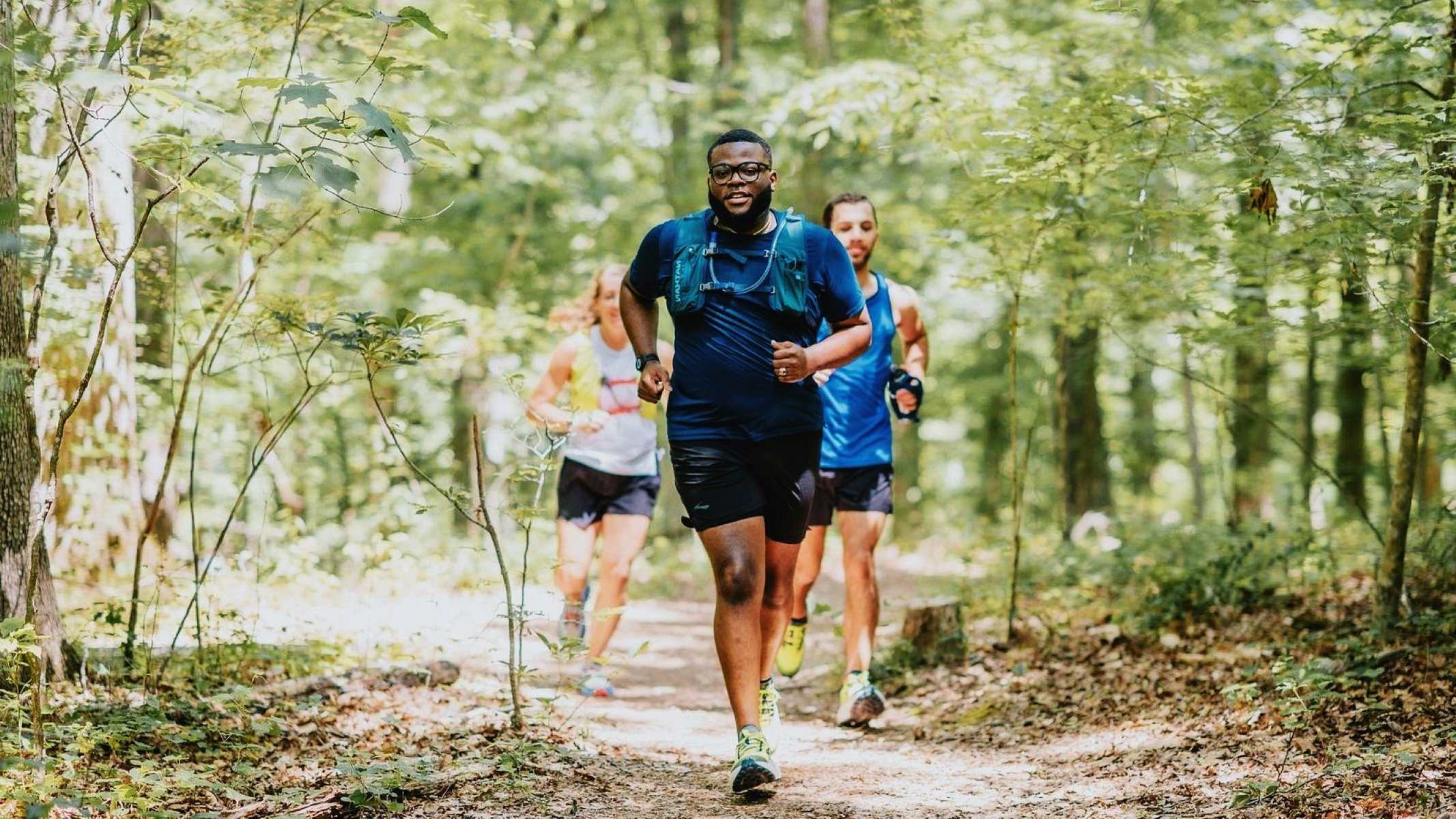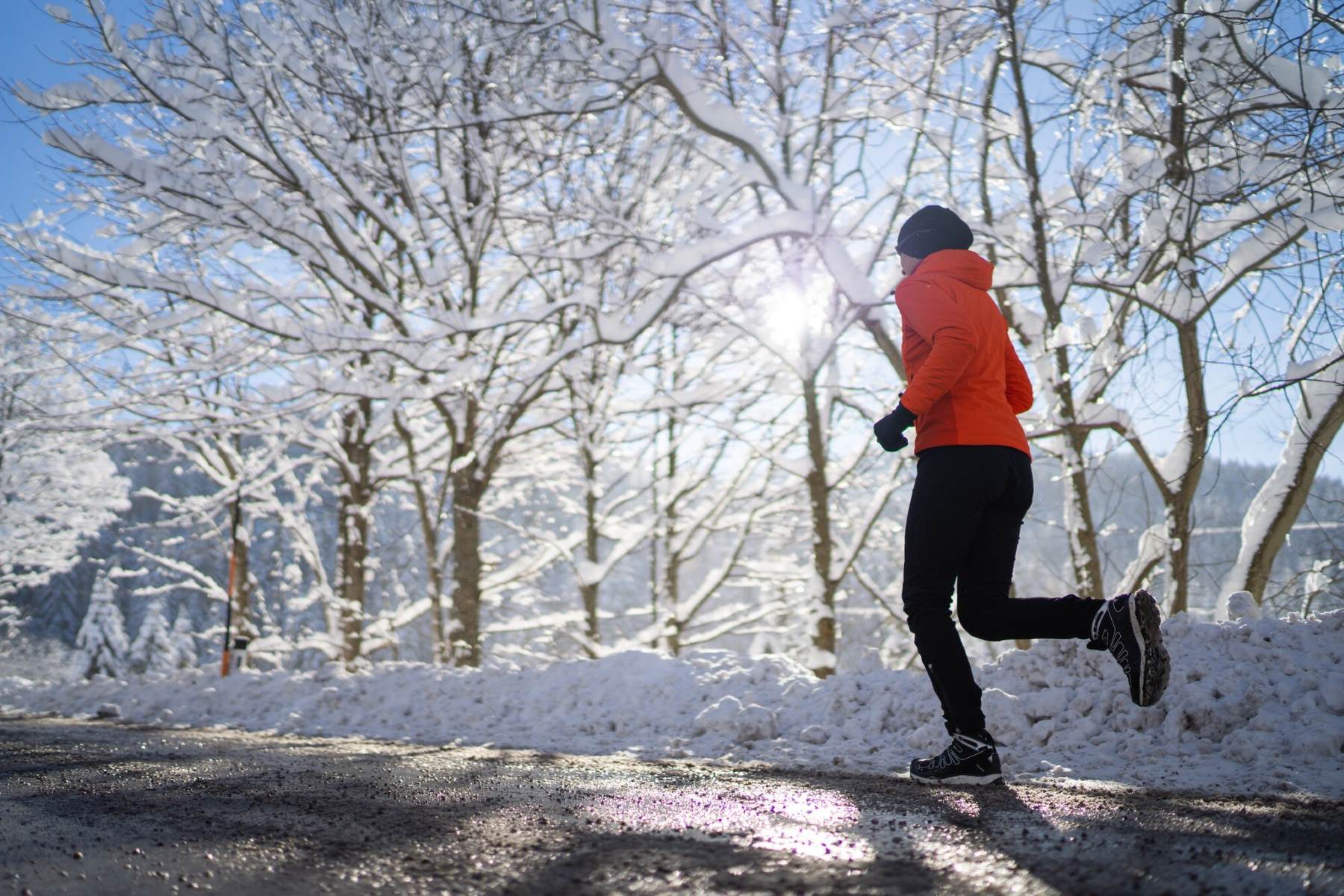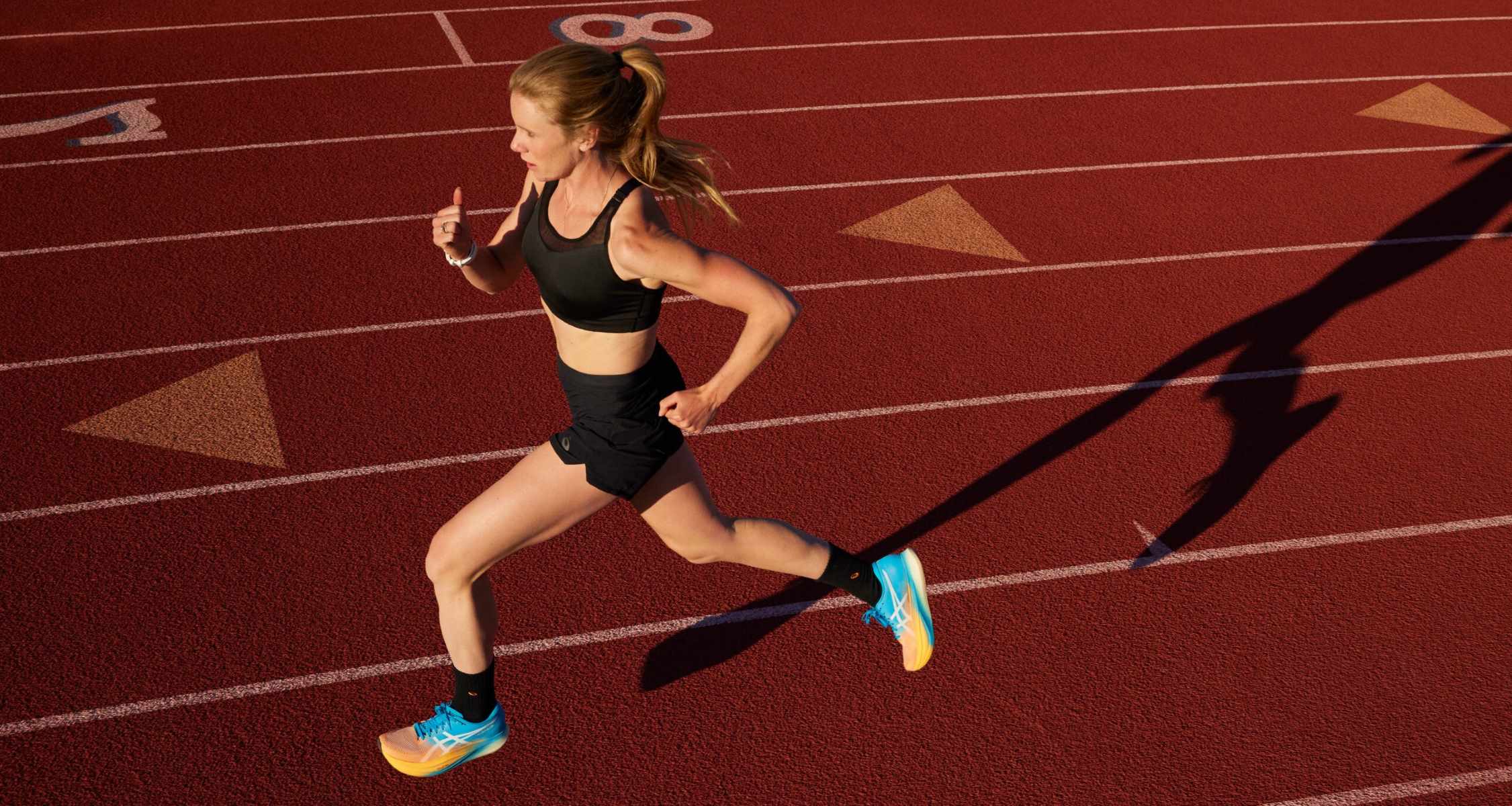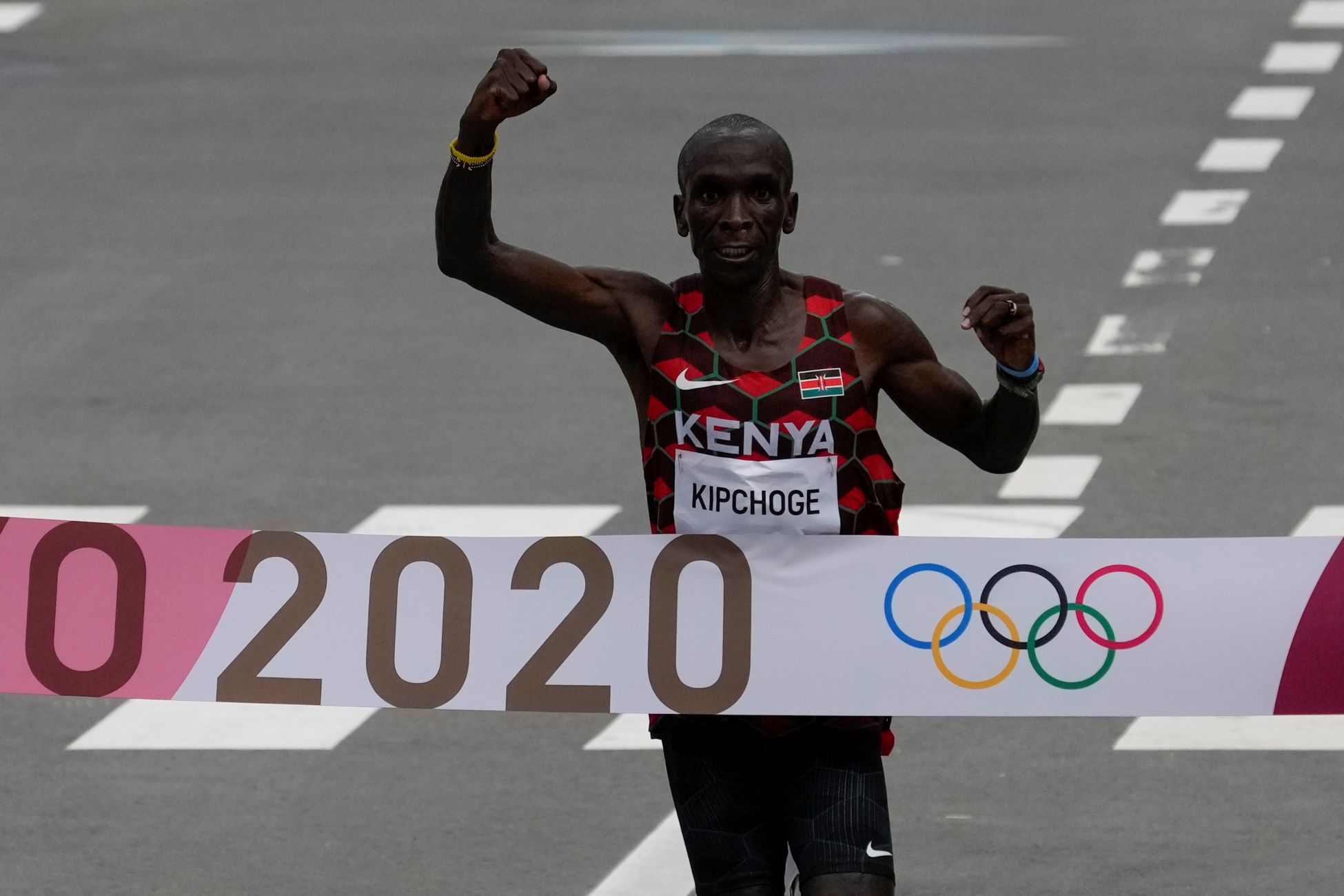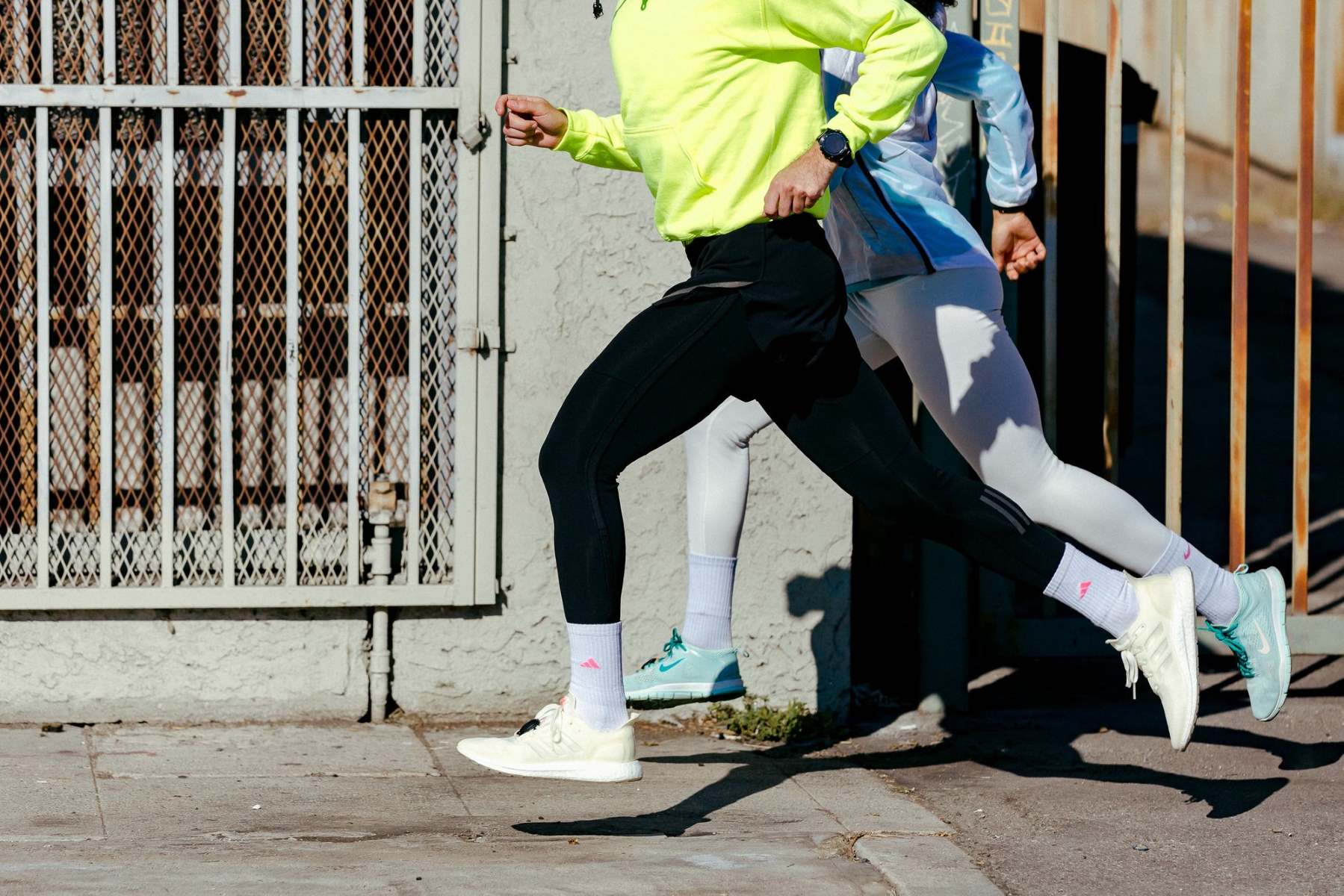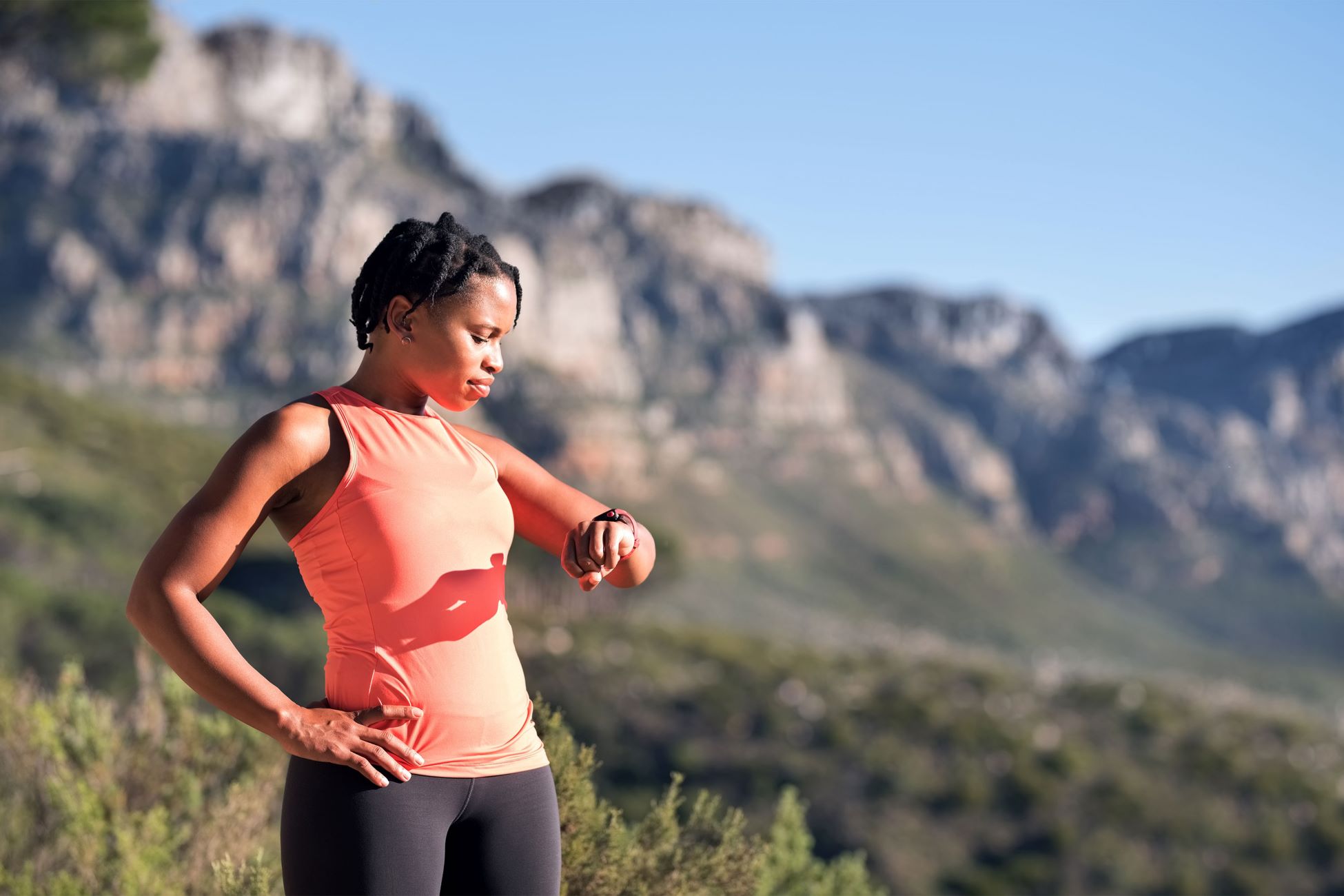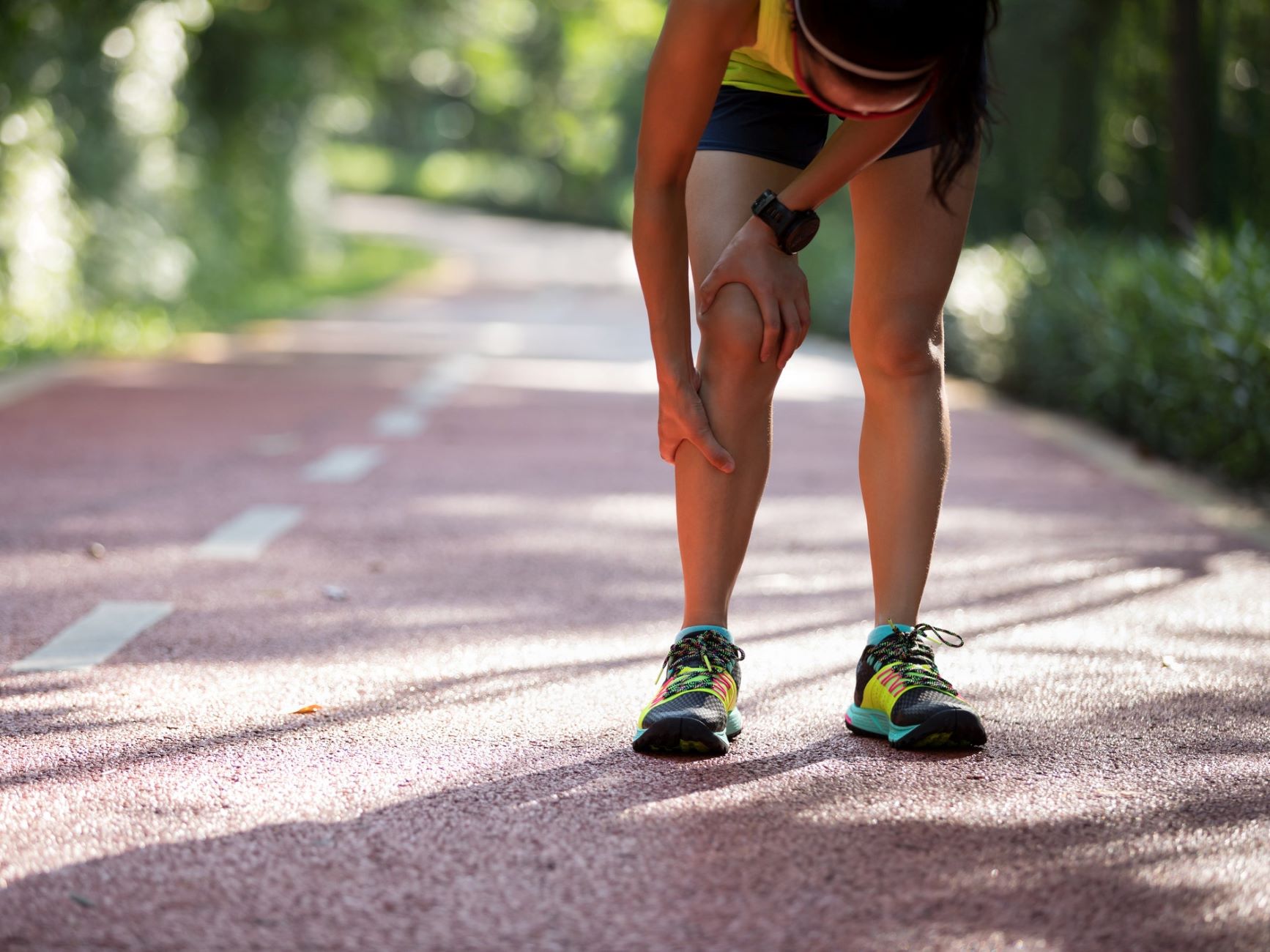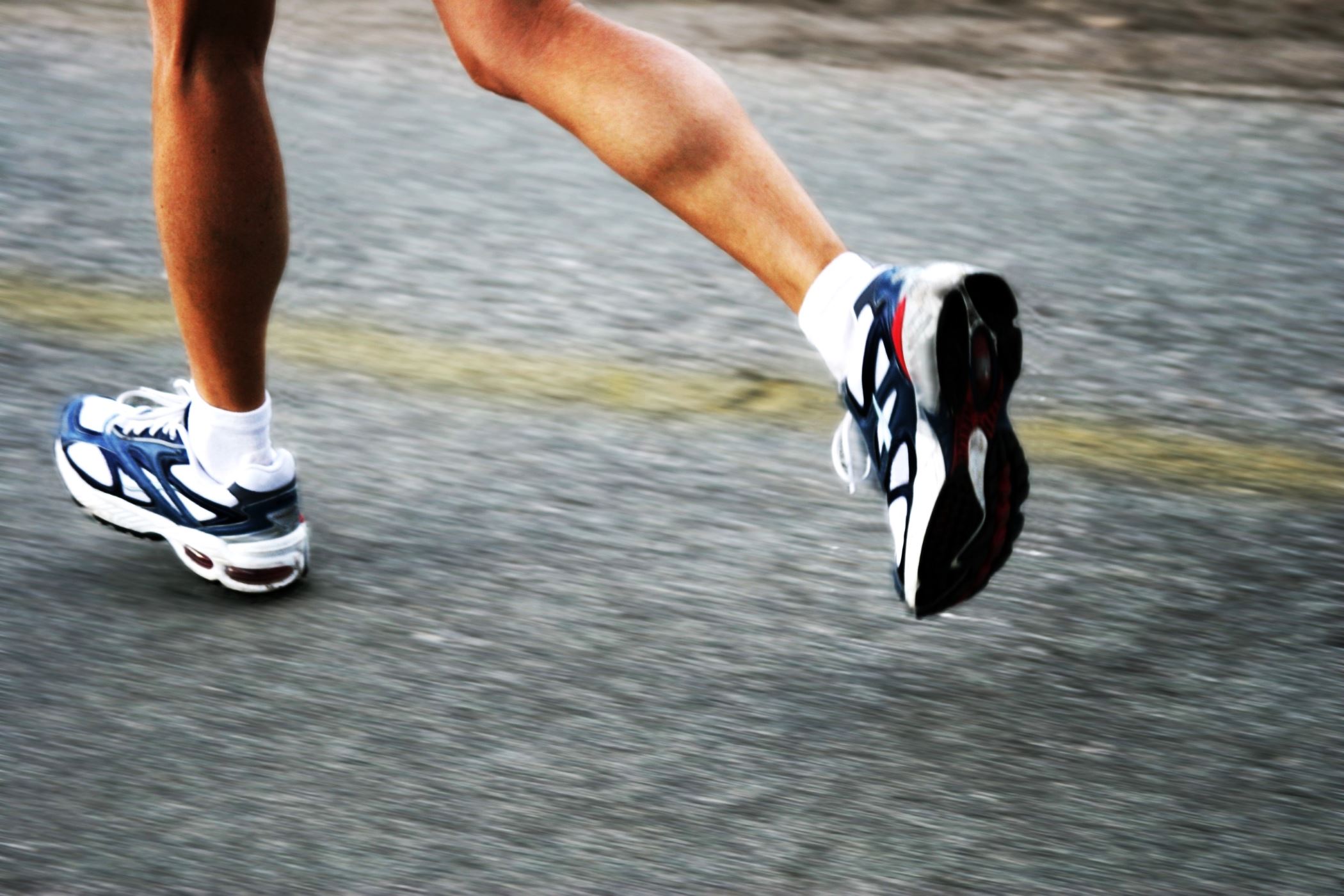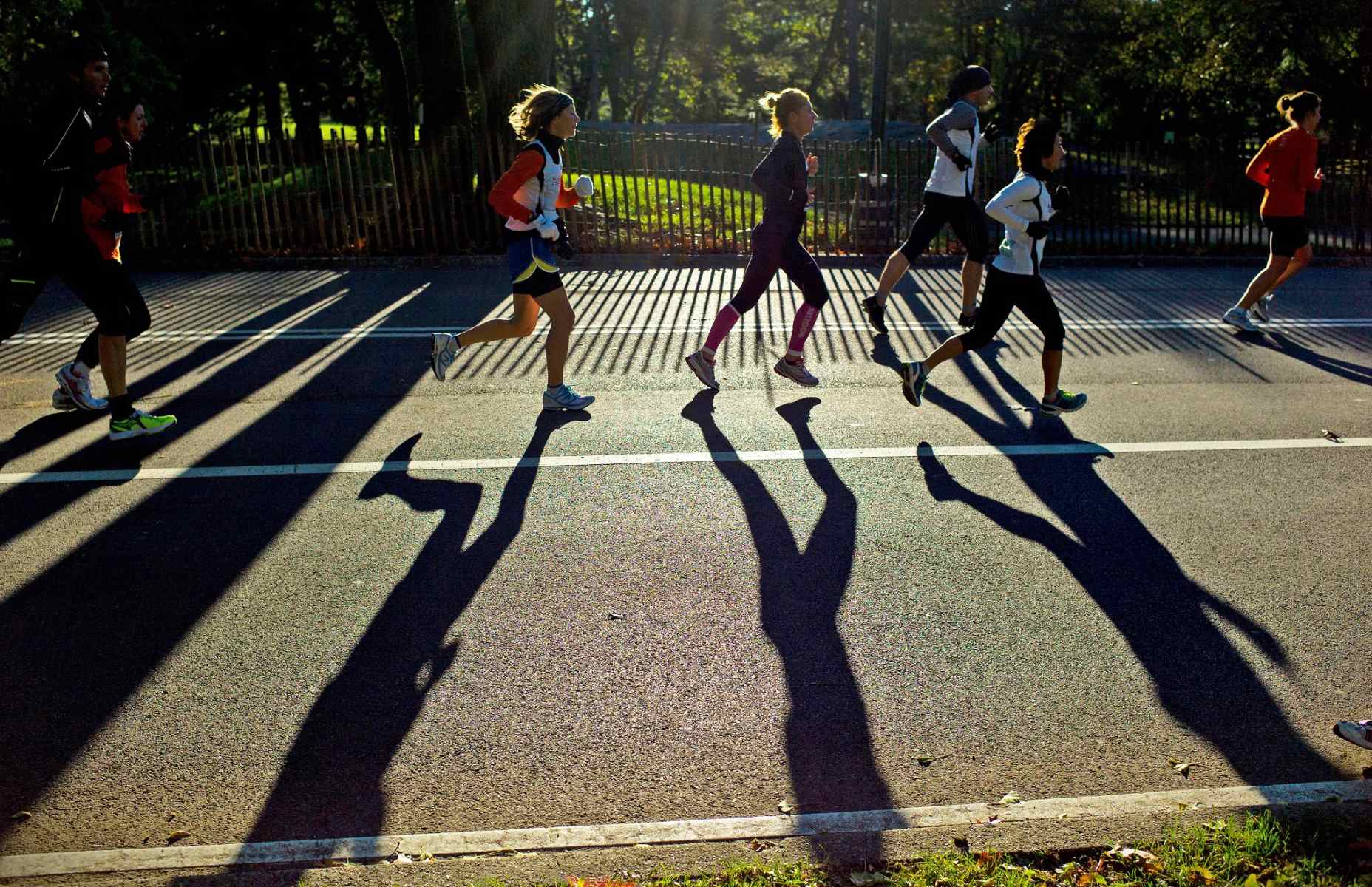Home>Health & Nutrition>Injury Prevention>Does Heel Striking Increase The Risk Of Running Injuries?
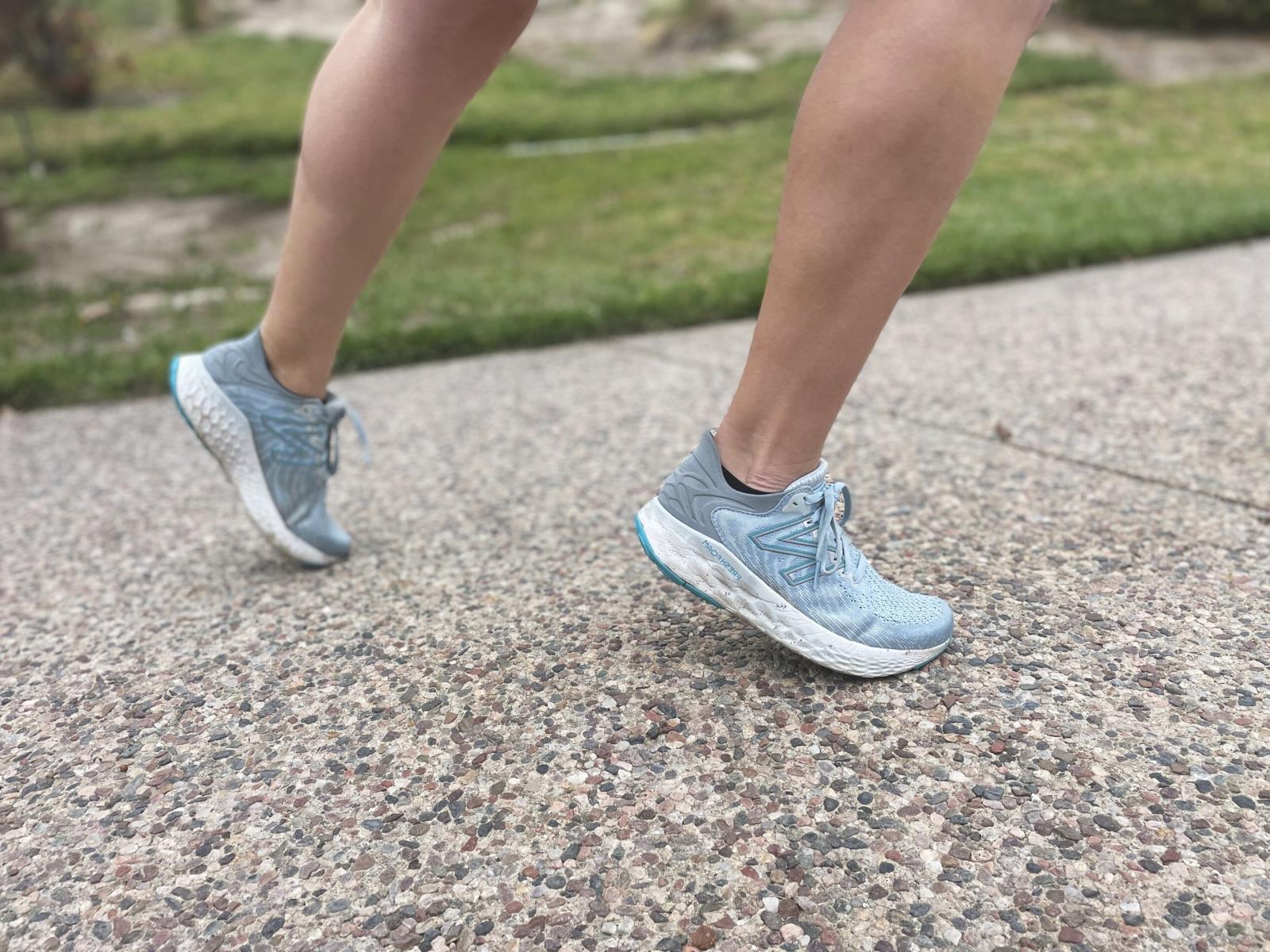

Injury Prevention
Does Heel Striking Increase The Risk Of Running Injuries?
Published: February 24, 2024
Learn about the impact of heel striking on running injuries and discover effective injury prevention strategies. Find out how to reduce the risk with proper running techniques.
(Many of the links in this article redirect to a specific reviewed product. Your purchase of these products through affiliate links helps to generate commission for Therunningadvisor.com, at no extra cost. Learn more)
Table of Contents
Introduction
Running is a popular form of exercise and a competitive sport that offers numerous health benefits, including improved cardiovascular fitness, enhanced mental well-being, and weight management. However, it is not without its risks, as running-related injuries can occur, affecting both novice and experienced runners. One of the key factors that has been the subject of much debate in the running community is the impact of heel striking on the risk of running injuries.
Heel striking, a common running technique, involves landing on the heel of the foot with each stride. This technique has been scrutinized due to its potential association with various running injuries. As a result, many runners have sought alternative methods, such as midfoot or forefoot striking, to reduce the risk of injury and improve running efficiency.
In this article, we will delve into the concept of heel striking and its potential effects on running injuries. We will explore common running injuries, the impact of heel striking on these injuries, and alternative running techniques that may mitigate the risk of injury. By examining these aspects, we aim to provide valuable insights for runners seeking to optimize their running technique and minimize the likelihood of sustaining running-related injuries.
Understanding Heel Striking
Heel striking is a running technique characterized by the initial contact of the heel with the ground during each stride. This technique has been traditionally ingrained in the running community and is often the default foot strike pattern for many runners. When a runner lands on their heel, the impact forces are transmitted through the heel and absorbed by the ankle, knee, and hip joints. This repetitive motion can lead to increased stress on these joints and potentially contribute to running-related injuries.
The mechanics of heel striking involve a distinct pattern of ground contact. As the foot lands, the heel makes initial contact with the ground, followed by a rolling motion that transitions the weight to the midfoot and forefoot before the foot leaves the ground. This sequence of events is characteristic of heel striking and is often associated with a longer stride length and a higher vertical oscillation of the body during running.
It is important to note that while heel striking has been scrutinized for its potential link to running injuries, it is a natural and instinctive running pattern for many individuals. Factors such as running speed, footwear, and individual biomechanics can influence the prevalence of heel striking among runners. Additionally, some runners may find that heel striking provides a sense of stability and cushioning, particularly when running on hard surfaces.
Understanding the mechanics and implications of heel striking is crucial for runners aiming to optimize their running technique and minimize the risk of injuries. By gaining insights into the biomechanics of heel striking, runners can make informed decisions regarding their foot strike pattern and explore alternative techniques that may better align with their running goals and physical capabilities.
Common Running Injuries
Running, while an excellent form of exercise, can subject the body to repetitive stress and impact, potentially leading to a range of running-related injuries. These injuries can affect various areas of the body, including the lower limbs, hips, and back. Understanding the common running injuries is essential for runners to recognize symptoms, seek appropriate treatment, and implement preventive measures.
-
Runner's Knee (Patellofemoral Pain Syndrome): This prevalent running injury is characterized by pain around or behind the kneecap, often exacerbated by activities such as running, squatting, or climbing stairs. Runner's knee can result from factors such as overuse, muscle imbalances, or improper running mechanics.
-
Shin Splints: Medial tibial stress syndrome, commonly known as shin splints, manifests as pain along the inner edge of the shinbone. This injury is frequently associated with overpronation, sudden increases in training intensity, or running on hard surfaces.
-
Achilles Tendinitis: The Achilles tendon, located at the back of the ankle, can become inflamed due to overuse or inadequate stretching. Runners with tight calf muscles or those who rapidly escalate their training volume are particularly susceptible to this condition.
-
Plantar Fasciitis: This injury involves inflammation of the plantar fascia, a band of tissue connecting the heel bone to the toes. Runners with tight calf muscles, inadequate footwear support, or those who engage in prolonged running activities may experience heel pain characteristic of plantar fasciitis.
-
Stress Fractures: Repetitive stress on the bones, often stemming from increased training intensity or inadequate recovery, can lead to stress fractures in the lower limbs. Common sites for stress fractures in runners include the shins, metatarsals, and tibia.
-
Iliotibial Band Syndrome (ITBS): ITBS results from inflammation of the iliotibial band, a thick band of tissue running along the outer thigh. Runners may experience sharp or burning pain on the outer knee due to friction between the iliotibial band and the knee joint during repetitive motion.
-
Muscle Strains and Sprains: Strains and sprains can occur in various muscles and ligaments, often due to sudden movements, overexertion, or inadequate warm-up. Hamstring strains, calf strains, and ankle sprains are among the common injuries encountered by runners.
Recognizing the signs and symptoms of these common running injuries is crucial for early intervention and effective management. Moreover, implementing preventive measures such as proper warm-up, gradual training progression, adequate rest, and biomechanical assessments can significantly reduce the risk of sustaining these injuries. By prioritizing injury prevention and adopting sound running techniques, runners can strive for consistent performance and long-term running enjoyment.
Impact of Heel Striking on Running Injuries
The impact of heel striking on running injuries has been a subject of considerable interest and debate within the running community. Heel striking, characterized by initial ground contact on the heel during each stride, has been scrutinized for its potential association with various running-related injuries. Understanding the implications of this running technique on injury risk is crucial for runners seeking to optimize their performance and minimize the likelihood of sustaining common running injuries.
One of the primary concerns regarding heel striking is the transmission of impact forces through the lower extremities. When a runner lands on their heel, the abrupt deceleration and loading forces are absorbed by the ankle, knee, and hip joints. This repetitive stress on the musculoskeletal system can contribute to overuse injuries, including runner's knee, shin splints, and stress fractures. The prolonged exposure to these impact forces, particularly on hard surfaces, may exacerbate the risk of developing chronic running injuries.
Furthermore, the mechanics of heel striking can influence the distribution of forces throughout the body. The initial heel contact often leads to a pronounced vertical oscillation, resulting in increased ground reaction forces and potential energy dissipation inefficiencies. These biomechanical factors may contribute to the development of injuries such as Achilles tendinitis, plantar fasciitis, and iliotibial band syndrome, as the body attempts to manage the impact forces and maintain stability during each stride.
It is important to recognize that individual biomechanics, running speed, and footwear choices can influence the impact of heel striking on injury risk. Runners with certain biomechanical predispositions or those accustomed to running at higher speeds may experience heightened stress on the lower extremities when employing a heel striking pattern. Additionally, the type of running shoes, including their cushioning and stability features, can modulate the impact forces experienced during heel striking.
While the potential implications of heel striking on running injuries are a point of consideration, it is essential to approach this topic with a balanced perspective. Not all runners who employ a heel striking pattern will inevitably experience running-related injuries. However, understanding the biomechanical and physiological factors associated with heel striking can empower runners to make informed decisions regarding their running technique and explore alternative foot strike patterns that may align with their individual biomechanical profile and running goals.
In the pursuit of injury prevention and performance optimization, runners are encouraged to engage in biomechanical assessments, gait analyses, and running technique evaluations to gain insights into their unique movement patterns and potential injury risk factors. By leveraging this knowledge, runners can make informed adjustments to their running technique, footwear selection, and training strategies to mitigate the impact of heel striking on running injuries and promote long-term running enjoyment and success.
Alternatives to Heel Striking
Exploring alternative foot strike patterns presents an opportunity for runners to diversify their running technique and potentially mitigate the risk of running-related injuries. While heel striking has been a prevalent running pattern, alternative foot strike methods, such as midfoot and forefoot striking, have garnered attention for their potential biomechanical advantages and injury prevention benefits.
Read more: The Increasing Popularity Of Run Streaks
Midfoot Striking
Midfoot striking involves landing on the middle portion of the foot, with the initial ground contact occurring closer to the arch. This foot strike pattern aims to distribute impact forces more evenly throughout the foot, potentially reducing the stress on the lower extremities associated with heel striking. Runners employing a midfoot striking technique often experience a more rapid transition from landing to toe-off, promoting a smoother and more efficient running gait. Additionally, midfoot striking may encourage a shorter stride length and a more consistent cadence, factors that can contribute to reduced impact forces and enhanced running economy.
Forefoot Striking
Forefoot striking entails landing on the front portion of the foot, near the balls of the feet. This foot strike pattern is characterized by a pronounced ankle plantarflexion upon ground contact, facilitating the absorption of impact forces through the foot's natural arch and the calf muscles. Forefoot striking is often associated with a shorter ground contact time and a more pronounced toe-off phase, potentially enhancing running propulsion and minimizing the braking forces commonly observed in heel striking. Runners adopting a forefoot striking technique may experience a more rapid turnover of strides and a reduced vertical oscillation, factors that can contribute to improved running efficiency and potentially lower impact-related injury risk.
Transitioning to Alternative Foot Strike Patterns
Transitioning to alternative foot strike patterns, such as midfoot or forefoot striking, requires a gradual and mindful approach. Runners accustomed to heel striking should consider a progressive adaptation period to allow the muscles, tendons, and neuromuscular system to acclimate to the new movement patterns. Additionally, footwear selection plays a crucial role in supporting alternative foot strike techniques. Runners exploring midfoot or forefoot striking may benefit from footwear with minimal heel-to-toe drop and adequate forefoot cushioning to facilitate a smooth transition and provide the necessary support for the altered foot strike mechanics.
Individual Considerations
It is important to emphasize that the suitability of alternative foot strike patterns is highly individualized. Factors such as running experience, biomechanical predispositions, and training objectives can influence the effectiveness of midfoot or forefoot striking for a particular runner. Engaging in gait analyses, biomechanical assessments, and professional guidance can provide valuable insights into the compatibility of alternative foot strike patterns with an individual's running style and injury risk profile.
Read more: Maintaining Running Fitness During Injury
Embracing Versatility
Ultimately, the exploration of alternative foot strike patterns represents an opportunity for runners to embrace versatility in their running technique and potentially mitigate the impact of repetitive stress associated with heel striking. By incorporating midfoot or forefoot striking into their running repertoire, individuals can diversify their movement patterns, potentially reduce the risk of running-related injuries, and optimize their running efficiency. Embracing the diversity of foot strike patterns underscores the dynamic nature of running and empowers individuals to tailor their approach to align with their unique biomechanical characteristics and performance goals.
Conclusion
In conclusion, the debate surrounding the impact of heel striking on running injuries underscores the complexity of biomechanics and injury risk factors in the running community. While heel striking has been scrutinized for its potential association with various running-related injuries, it is essential to approach this topic with a balanced perspective. The mechanics of heel striking, characterized by initial ground contact on the heel, can influence the distribution of impact forces and potentially contribute to overuse injuries, biomechanical inefficiencies, and chronic musculoskeletal stress. However, individual biomechanics, running speed, and footwear choices can modulate the implications of heel striking on injury risk, highlighting the multifaceted nature of this discussion.
Exploring alternative foot strike patterns, such as midfoot and forefoot striking, presents an opportunity for runners to diversify their running technique and potentially mitigate the risk of running-related injuries. Midfoot striking aims to distribute impact forces more evenly throughout the foot, potentially reducing the stress on the lower extremities associated with heel striking. On the other hand, forefoot striking facilitates the absorption of impact forces through the foot's natural arch and the calf muscles, potentially enhancing running propulsion and minimizing the braking forces commonly observed in heel striking.
Transitioning to alternative foot strike patterns requires a gradual and mindful approach, considering individual biomechanical predispositions and training objectives. Engaging in gait analyses, biomechanical assessments, and professional guidance can provide valuable insights into the compatibility of alternative foot strike patterns with an individual's running style and injury risk profile. Embracing the diversity of foot strike patterns underscores the dynamic nature of running and empowers individuals to tailor their approach to align with their unique biomechanical characteristics and performance goals.
Ultimately, the pursuit of injury prevention and performance optimization in running necessitates a holistic approach that encompasses biomechanical assessments, gait analyses, and informed adjustments to running technique and footwear selection. By leveraging insights into the implications of heel striking and the potential benefits of alternative foot strike patterns, runners can make informed decisions to minimize the impact of repetitive stress on the musculoskeletal system and promote long-term running enjoyment and success.

